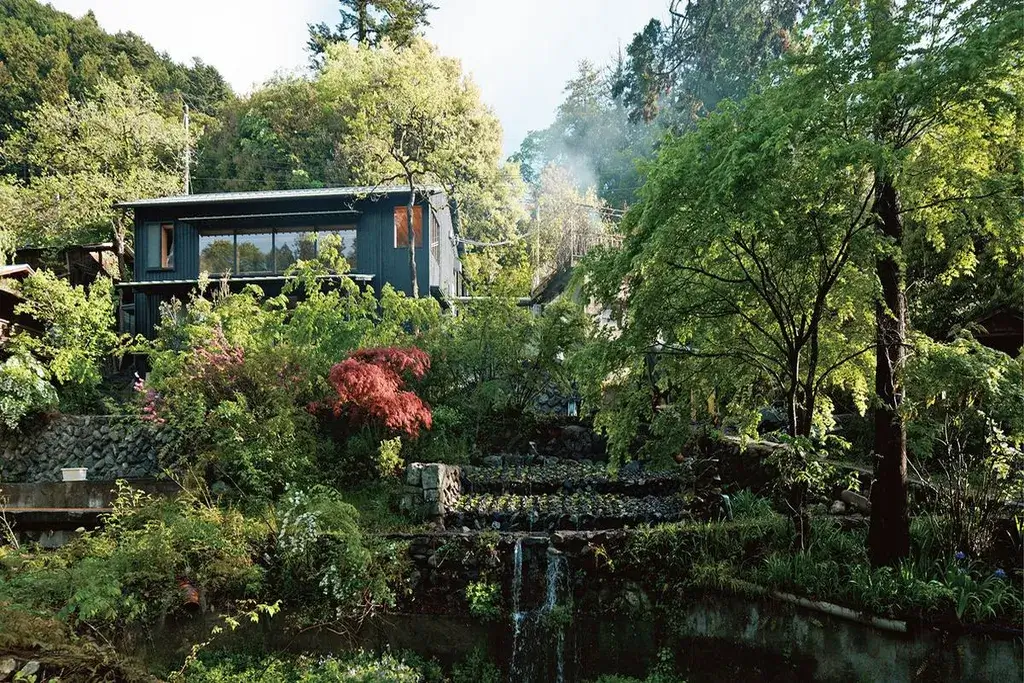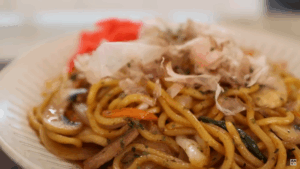The rural area of Okutama is a popular destination for those seeking a momentary break from the hectic capital. This quiet corner of Tokyo Metropolis has long welcomed travelers with its natural beauty and rustic charm. A new hotel style provides access to the area’s nature without sacrificing comfort. One hotel, in particular, packages the experience with enjoyable neighborhood activities.
The accommodations spark interest among those seeking unique trips because it allows them to explore Japan’s countryside differently. What’s so special about this newest addition to the Japanese hotel roster? Today, we’ll learn about this unique establishment’s design, activities, mission, and why it may be the future of rural exploration in Japan.
Table of Contents
ToggleWhat is a “boutique hotel”?
In Japan, the term “boutique hotel” (ブティックホテル) is used to refer to smaller hotels with as few as 10 rooms. They are usually independently owned, like traditional Japanese hotels (ryokan). What sets these hotels apart from others of their size are their original concepts, attention to design detail, exclusivity, and higher prices. They maintain a high level of quality even as part of a franchise. People know these chains as “boutique resorts.” In Japan, both terms now clearly identify their category of lodging.
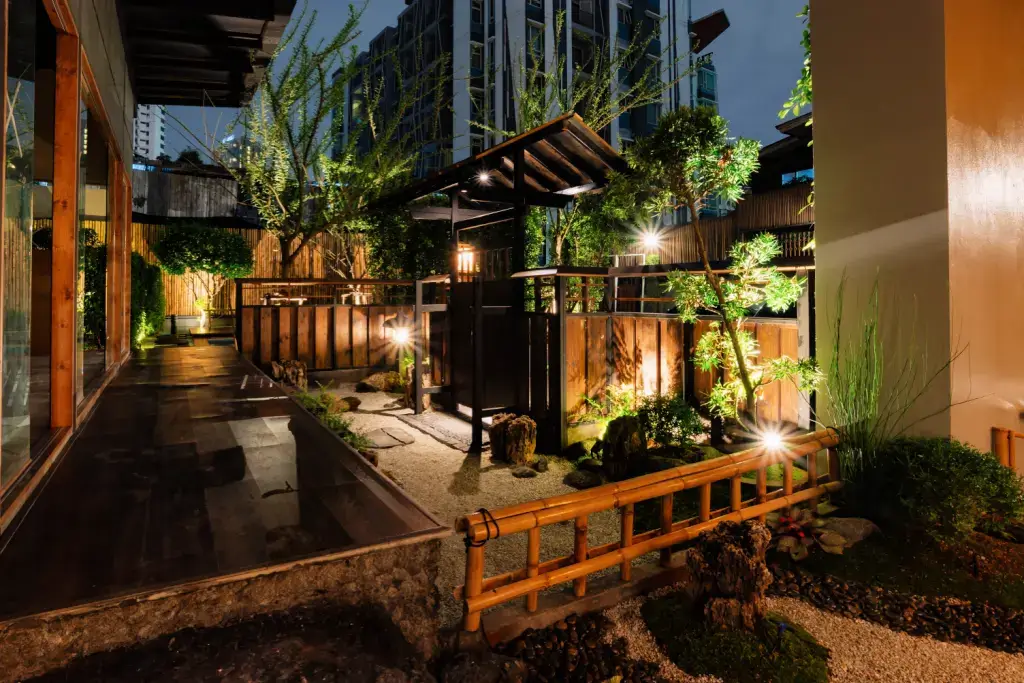
Satologue is a similarly small and stylish hotel. After seeing success with its restaurant and sauna, it expanded its services to include lodging. It officially opened to the public on May 25th, 2025. It has also received much attention from the general public and the government.
Where is Satologue?
The town of Okutama is located in Tokyo Metropolis’ mountainous western region. The area is popular for its riverside barbecues and outdoor activities like hiking, camping, fishing, and kayaking. By train, it is just two hours and a few train transfers from central Tokyo. Satologue is about halfway between Kori and Hatonosu Stations on the Ome Line. The hotel is a two-minute walk from the Koritsuki bus stop and a short bus ride from either station. Alternatively, it is only a 20-minute walk from both stations along the forested valley.
Design and Architecture
Satologue is an old farmhouse transformed into a modern countryside retreat. Its interior uses Japanese cypress (hinoki) for its calming scent. The minimalist style emphasizes simplicity, drawing from traditional Japanese aesthetics. It’s very similar to the glamping hotels that are available throughout the country.
Generally, the accommodation only has four twin rooms. At 35 square meters (377 square feet) each, they are on the smaller side by hotel standards, but their white walls and high ceilings give a sense of space. In addition, their bathtubs have views of the surrounding forest and the adjacent river. The communal sauna and dining areas also offer beautiful views of the Tama River gorge. Not to mention, high-speed Wi-Fi is available throughout the facility.
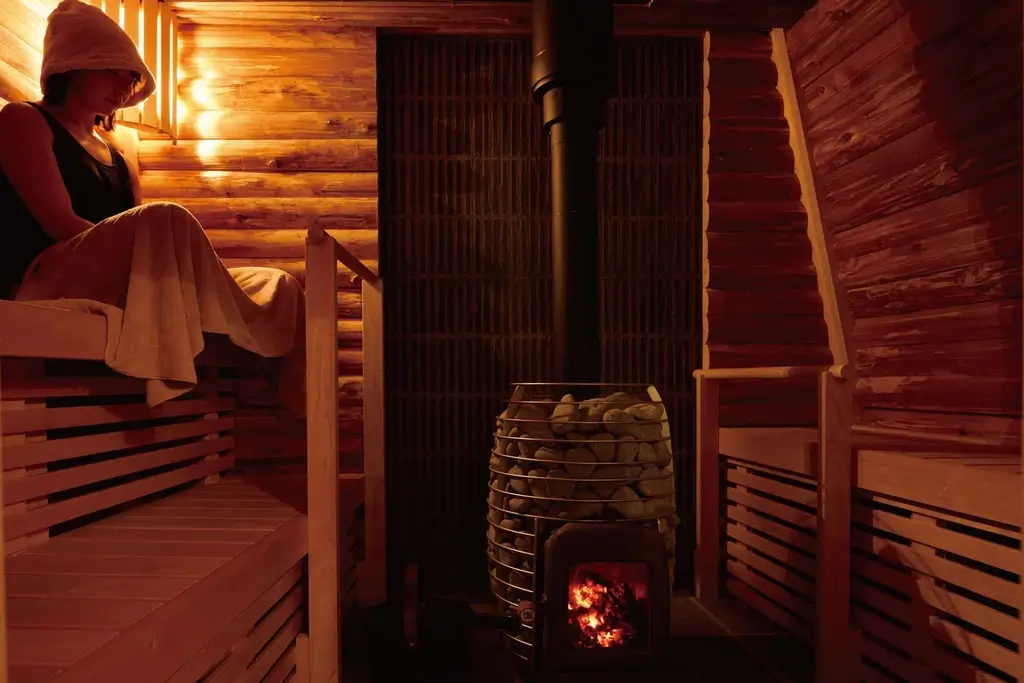
Are you looking for excellent snacks this summer for your next vacation? Check out Sakuraco! Sakuraco delivers traditional Japanese snacks, teas, and sweets from local Japanese makers directly to your door so you can enjoy the latest treats directly from Japan!
Community Integration
Okutama is home to about 5,000 people, and the owner, Ensen Marugoto, wants to revitalize the area. The hotel integrates the town and its residents into the customers’ experiences by organising local activities for its guests. An example is the local vegetables used in meals served at the hotel’s restaurant. This focus on community integration sets these accommodations apart from other lodging.
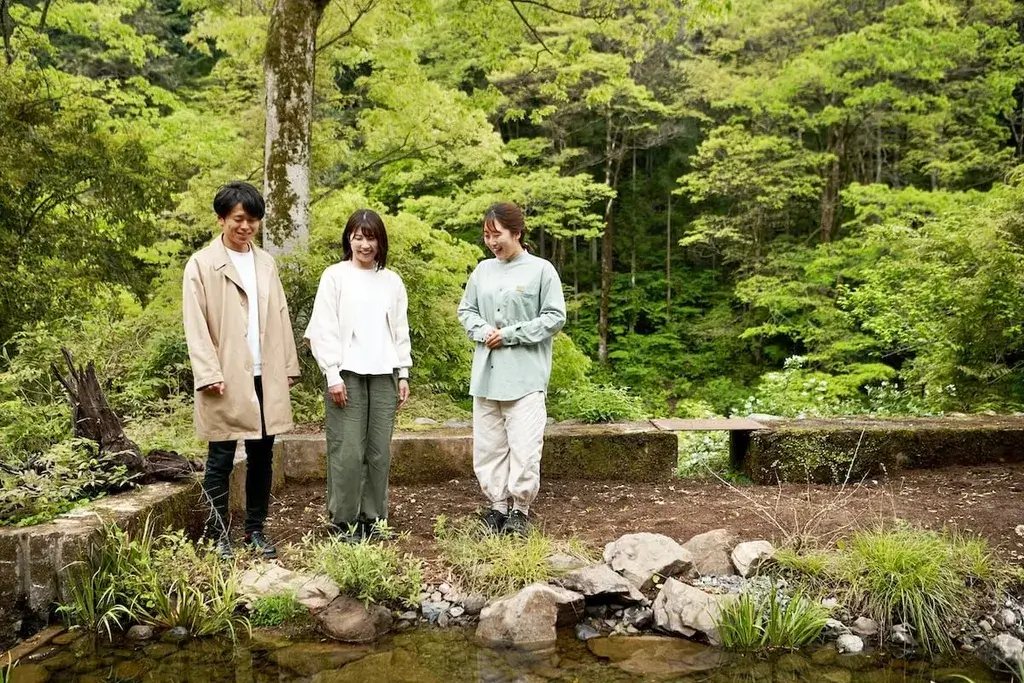
The approach exemplifies Japan’s new push for sustainable rural tourism. Okutama’s mayor, Nobumasa Morooka, supports the project and hopes to get more residents involved. JR East Railways recently backed the plan.
Local Activities and Experiences
The area’s forests and the lodge’s riverside setting are perfect for nature lovers. Guests can join gardening or wildlife tours and learn about native species like the Japanese fire-bellied newt. Other tours also include visits to the Okutama Fishing Center, which manages fish species in the region’s waterways. There are also other community-oriented activities, such as wasabi harvesting on nearby farms.
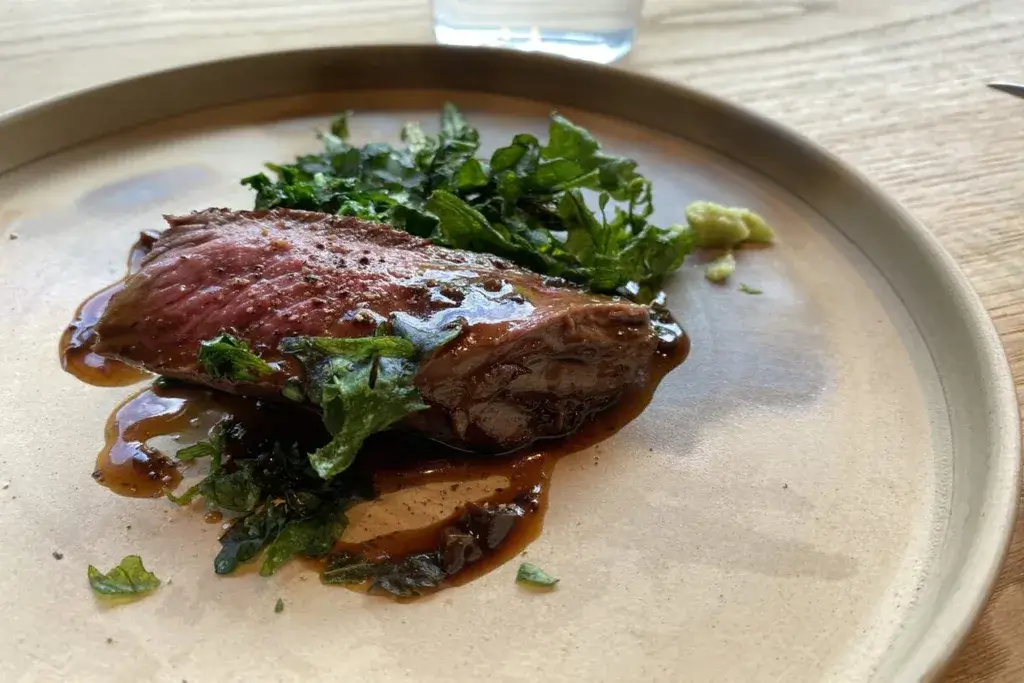
Guided tours are not the only options available. Visitors can explore other attractions on their own. The Nippara Limestone Caves and Okutama Lake are both a 30-minute drive away. The hotel’s location provides easy access to quiet strolls along the river or hikes into the mountains. Seasonal festivals, such as the Okutama Fireworks Festival, are also options.
Why is Satologue receiving so much attention in Japan?
Satologue is receiving much attention in Japan because of its focus on the community and nature. Integrating high standards, local culture, and sustainable practices preserves the town’s identity. Its location also appeals to those seeking authentic Japanese escapes and a deeper connection to the country, communities, and people.
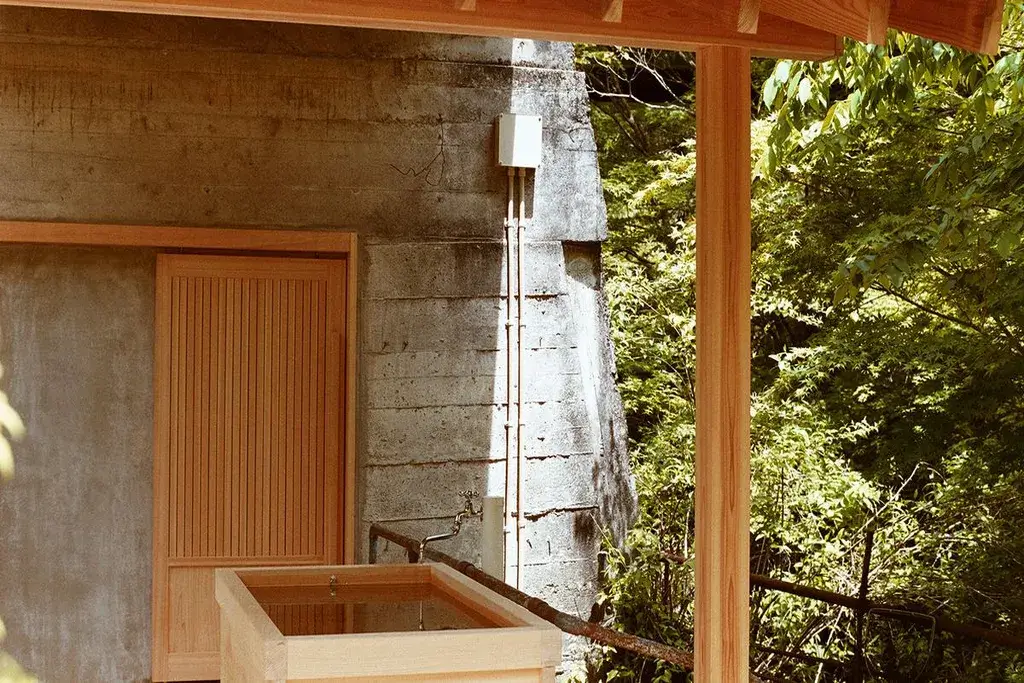
Overall, Satologue is a tranquil escape that offers natural comfort while supporting Okutama’s rural economy. Have you been a guest at a boutique hotel? How was the stay? Why are you interested in this type of accommodation? Share your experience and opinions below!


